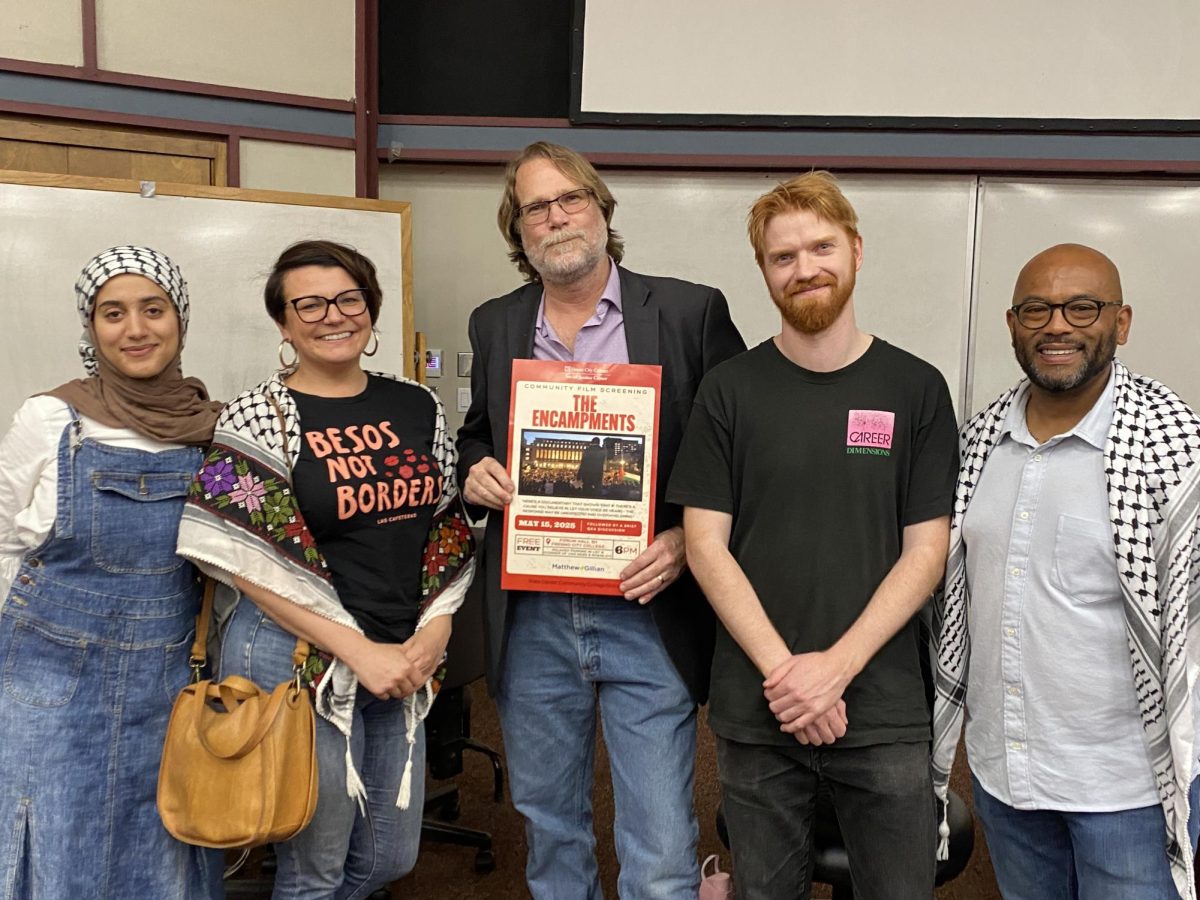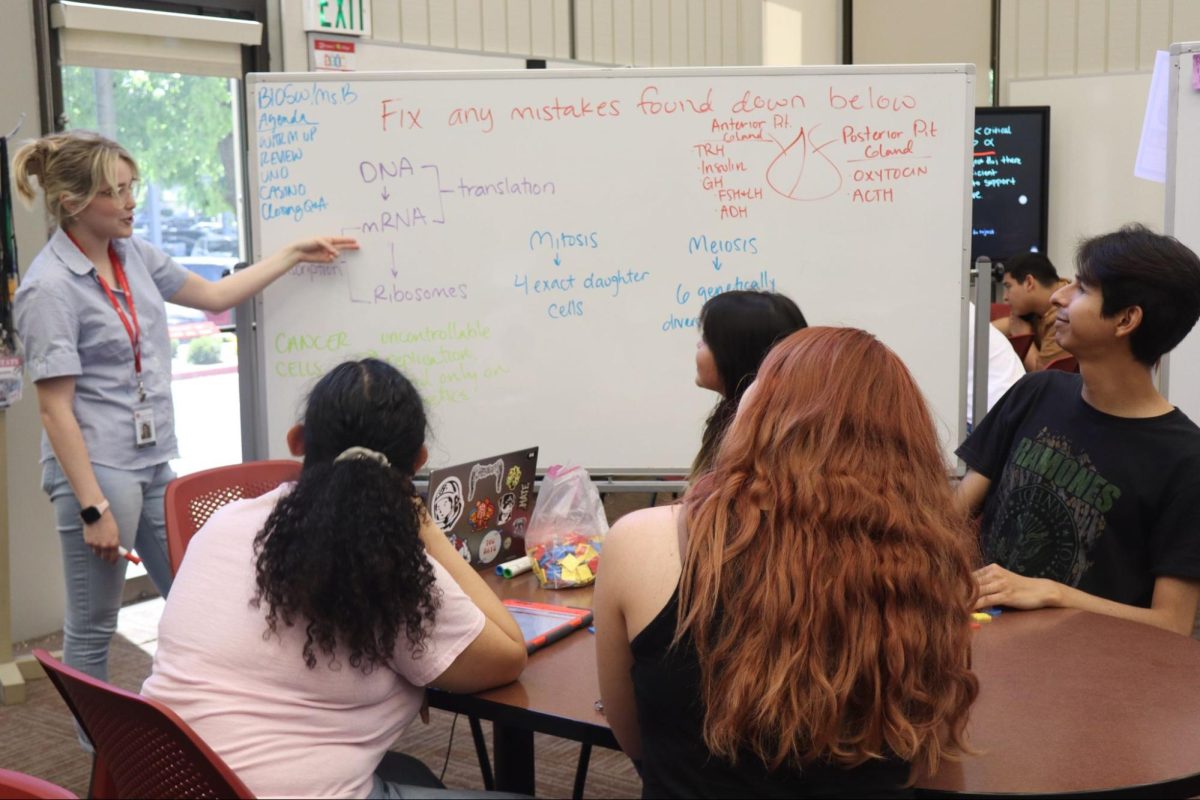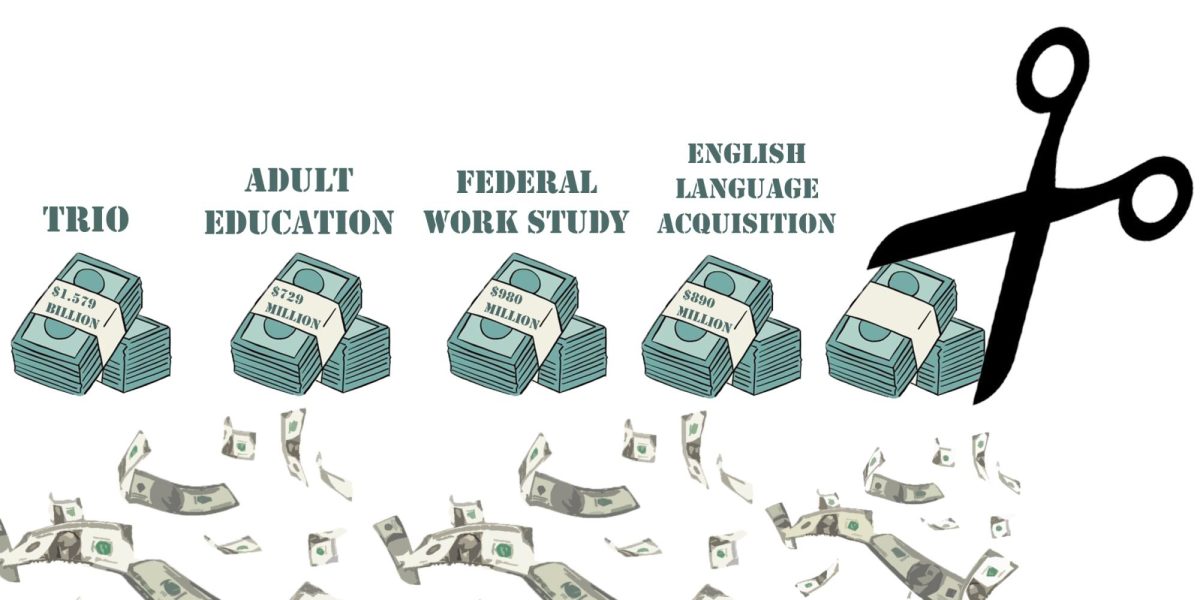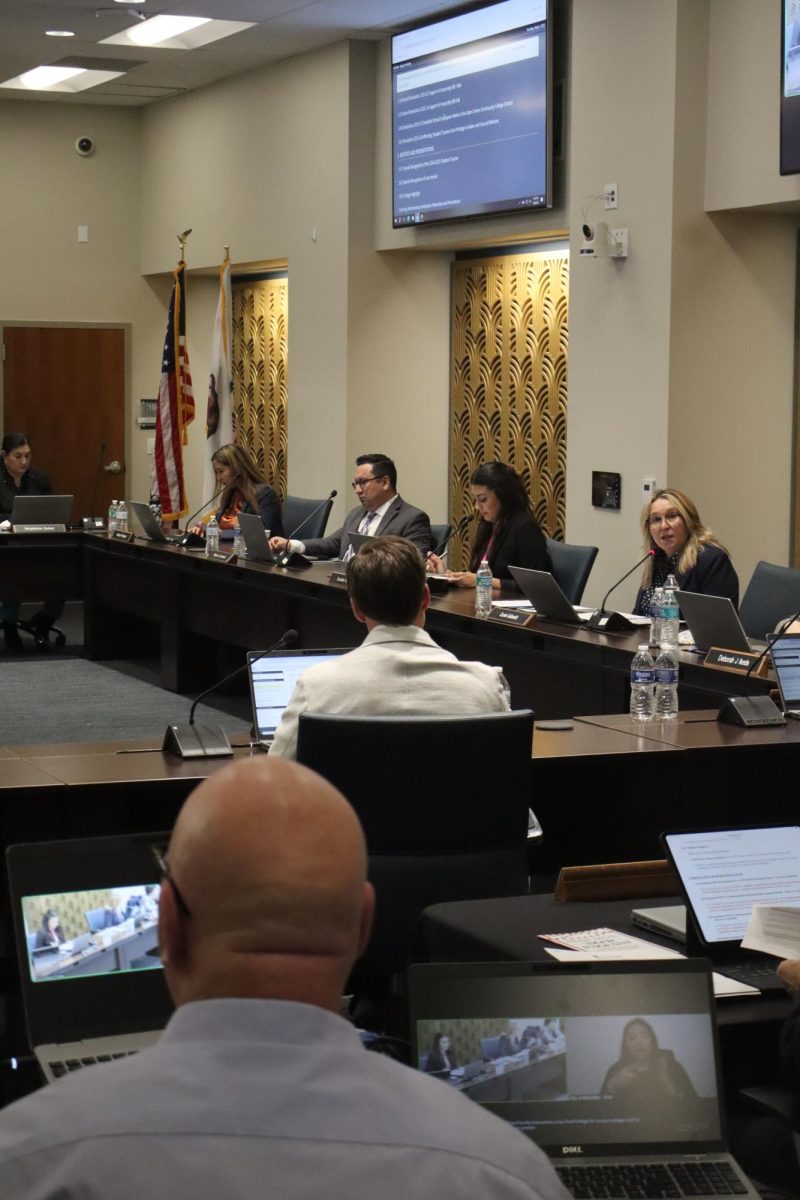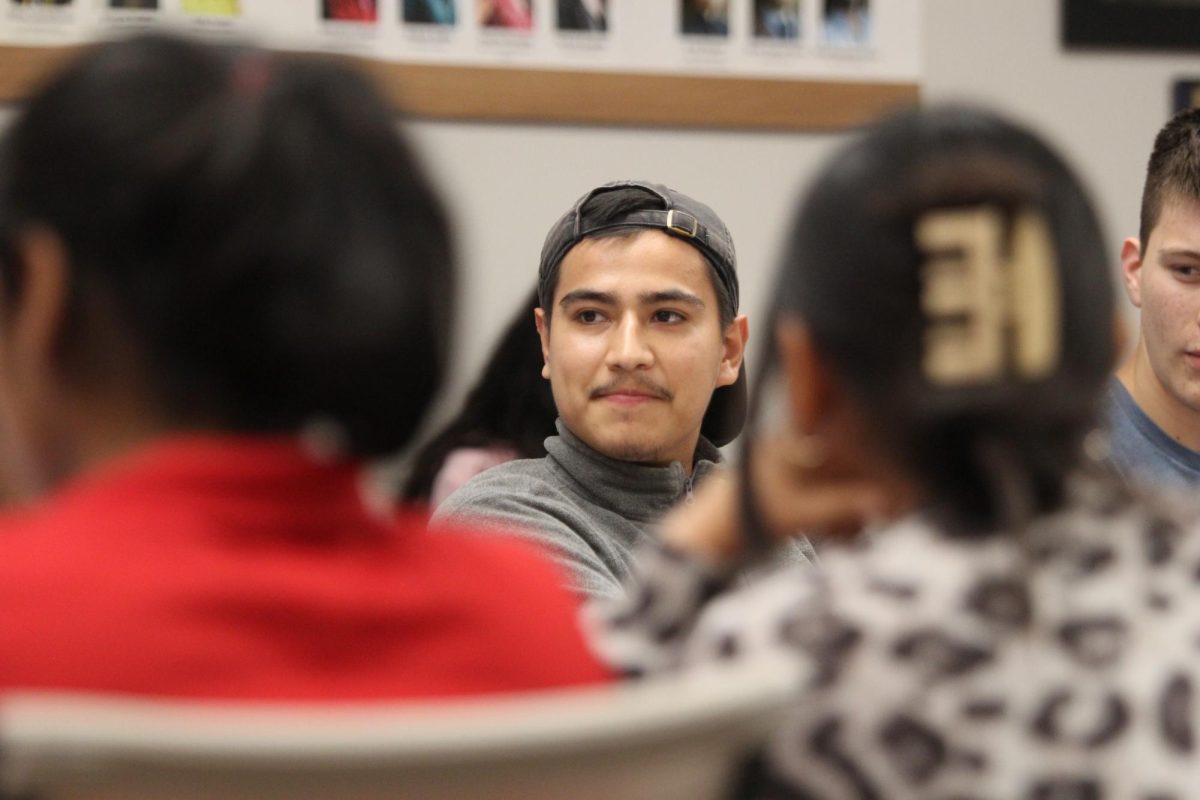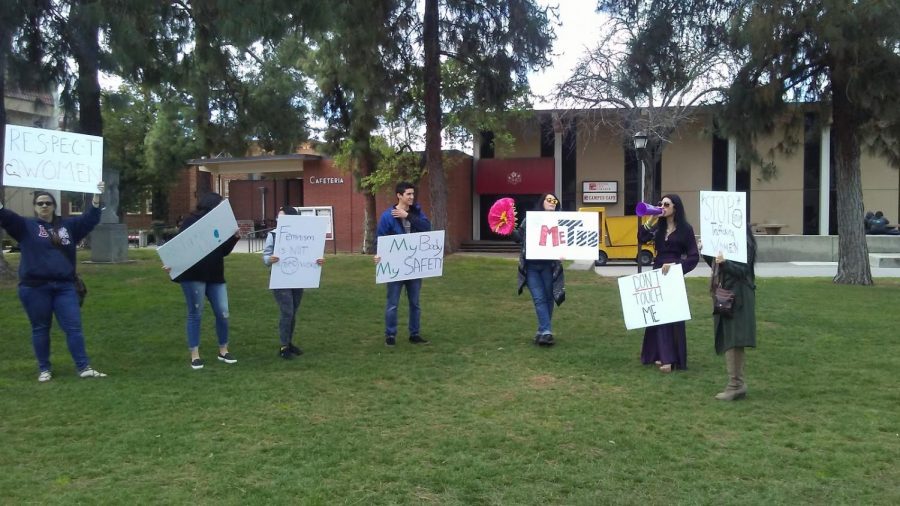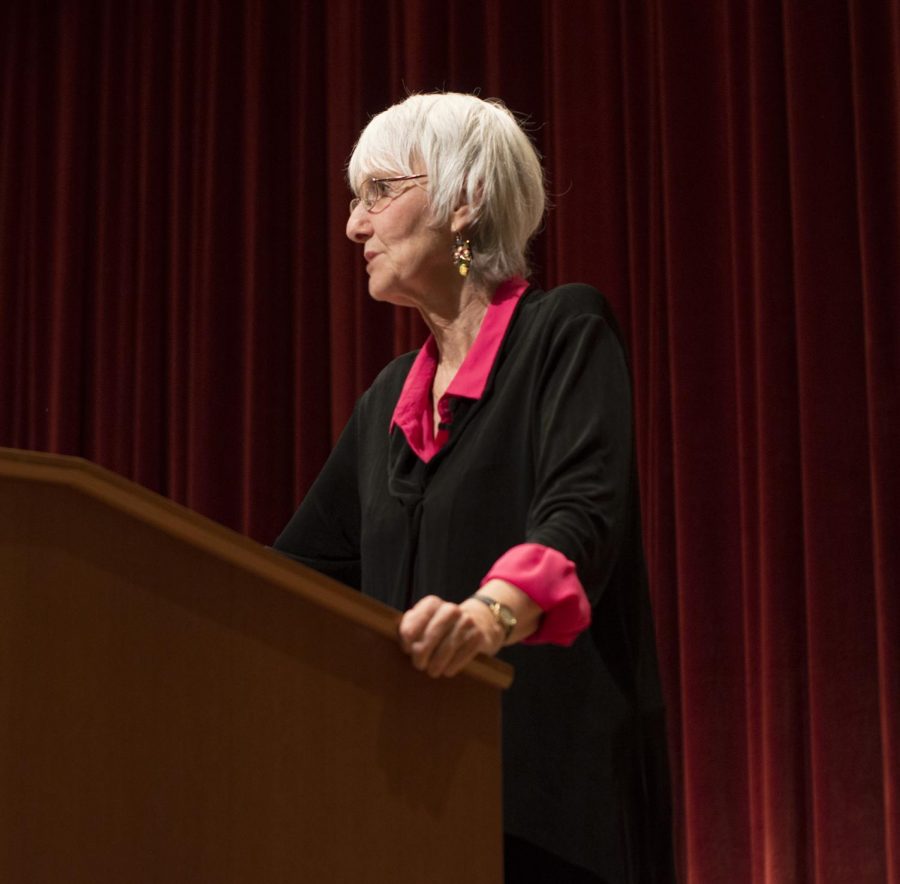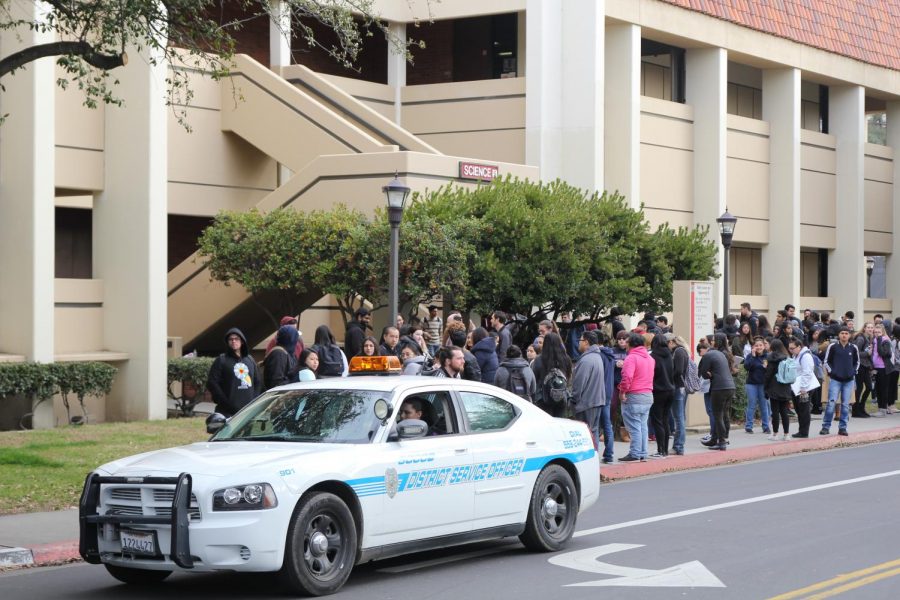In its 101-year-old history, Fresno City College has gone through numerous accreditation reviews and with the exception of the 2006 warning, the college has had no problems.
The college opened its doors to the Central Valley as Fresno Junior College on Sept. 12 1910 with 20 students and eight faculty members, but did not receive its accreditation until 1957.
Charles L. McLane, first president of the college, said his goals included impressing “upon students and the public at large the fact that serious work of distinctive college standards is being undertaken.”
FCC conducted its first institutional self-study in 1957, and at that time, the leaders of the college identified student success as their main goal. In the fall of 1957, the college had 2,832 students and 9,000 books in the library. The school focused on expanding the library and increasing its book collection to 25,000 within five years.
In 1988, the visiting accreditation team recommended six improvements for FCC, including addressing access to the library stacks for disabled students; implementing a philosophy and mission for the community services program; seeking a resolution to the demolition or refurbishing of the Old Administration Building; considering a study of student retention rates; reinstating the feelings of certificated and classified ownership of the master plan, and implementing a comprehensive research and evaluation report which is data based and which addressed all college programs and activities.
Partly in response to the recommendations, in 1991, the State Center Community College District board of trustees adopted the 1991-1996 master plan. SCCCD went through a 10 month planning process which involved all segments of district personnel as well as the community at large, established 30 goals that were designed to guide the district during that period in its mission of providing comprehensive and innovative education programs.
By the fall of 1992, 18,608 students were attending FCC. In that same year, the Futures Committee was formed to prepare a paper on areas of strategic opportunities for the school. The committee consisted of representatives from the college faculty, student body, classified staff and administration working together to reach consensus on issues facing the college in coming years.
In 1992 the Student Success Task Force was also formed to improve the use of college data plans to expand the learning resources facilities. When the accreditation report was released in 1994, FCC was commended for the groups that were formed to help with planning and response to the issues facing the school.
It was recommended that the college continue with its implementations of strategic planning and to expand its learning resource centers and continue the use of the Library Automation System which had started in 1986.
In 2000, with a population of over 20,000 students, FCC went through another accreditation cycle. The accreditation team commended the school for developing its first mission statement and its strategic planning and recommended that FCC continue the implementation of the planning process that integrates budgeting, program review, strategic planning and staff development.
The accreditation team recommended that the college articulate its plan for distance education and technology and to coordinate it with staff development, resource allocation and staff support to ensure effective implementation for students. It was also recommended that the college address the deficiencies in the currency, quality and depth of the library’s materials collection.
Following the 2005 accreditation cycle, the college received a warning for having not adequately addressed all of the recommendations from the previous accreditation report. The accreditation team recommended that FCC implement participatory governance, program review, planning, evaluations, distance education, technology plan, and library resources. Within a year, FCC’s warning was lifted.
California community colleges are now in the 2011-2016 accreditation cycle. Compared to other colleges of similar size, FCC has similar accreditation reports. FCC’s interim president, Tony Cantu, said, “We’re in the mix. There is normally around 15 to 25 percent of community colleges in California that are on sanctions for a variety of reasons.”
The prevalent recommendations for FCC have mostly remained the same during its accreditation history. They have included strategic planning and development, technology planning, distance education, program reviews and evaluations, and library resources.
Cantu said he is sure that the accreditation report from this cycle will be favorable for FCC.
“We’ve implemented and we addressed all of the recommendations that they [accreditation team] made last time. We’ve got our governance process in place,” Cantu said. “We’ve got a planning process that is evolving and working very well. We’ve got some gaps in the process but we’ve identified those gaps, and we are working on them.”
Categories:
The History of FCC Accreditation
Story By: Frank Lopez, Rampage Reporter
October 19, 2011
Story continues below advertisement
0
More to Discover
About the Contributor

Frank Lopez, Contributor

